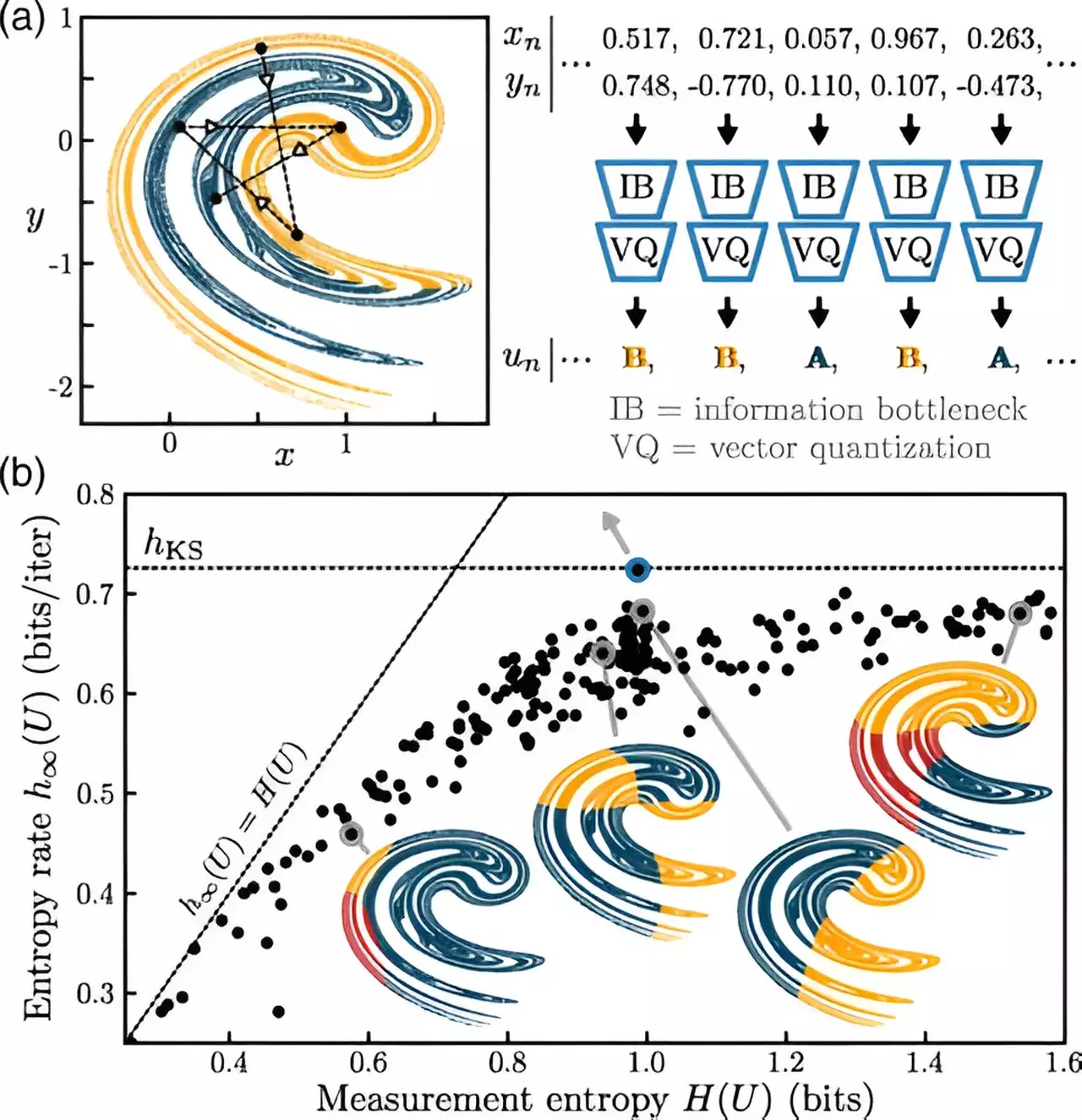For millennia, humanity has been fascinated by chaos, attempting to harness its unpredictable nature to unveil the mysteries of the universe. From weather forecasting to astrophysics and even ecology, chaotic systems are intrinsic to our understanding of the natural world. Yet, despite the advances in predictive technologies, we remain hampered by the limitations of our models, especially when nonlinear characteristics govern the systems we analyze. This limitation presents a compelling question: how deeply can we plunge into chaos, and why do we aspire to do so? A recent exploration led by engineers Dani S. Bassett and Kieran Murphy at the University of Pennsylvania offers enlightening insights into this question, particularly through the lens of machine learning.
The Nature of Chaos and Nonlinearity
At its core, chaos refers to unpredictable and complex behavior that emerges from deterministic systems, particularly when influenced by nonlinear dynamics. In simple terms, while we can predict the trajectory of a basketball shot using linear mechanics, a whole weather system behaves chaotically. Dr. Kieran Murphy articulately describes this chaos as akin to a game of telephone — the initial information about the system becomes obscured as it progresses over time. As we observe atmospheric changes, the inherent uncertainties grow exponentially, which creates a formidable barrier to long-term weather predictions.
Imagine launching an ambitious weather satellite salad of probes to measure every variable in the atmosphere! But even with such vast amounts of data, total knowledge remains unattainable due to inherent uncertainties. Therefore, our desires for precise forecasts clashing with chaotic systems are bound to lead to frustration.
Harnessing Machine Learning for Understanding Chaos
In their pivotal study published in *Physical Review Letters*, Murphy and Bassett embark on a pioneering approach to unravel chaos by employing machine learning techniques. This research taps into controlled experiments that allow for close comparison with theoretical predictions. By starting with simplified models devoid of extraneous noise, the researchers aim to create “information maps” that highlight where information is formed in chaotic systems. This proactive method shows promise for future real-world applications, particularly in weather forecasting where complexity often reigns.
Previously, scientists turned to techniques like Lyapunov exponents — advanced mathematical expressions designed to measure the divergence of points in chaotic systems. However, these methods come with their own burdens, requiring either detailed knowledge of the governing equations or vast datasets. In contrast, the machine learning framework they propose is less data-dependent, thereby streamlining the potential for reliable assessments in chaotic systems.
From Data to Insight: The Power of Simplification
In their exploration of chaotic dynamics, Murphy makes a thrilling argument for machine learning’s ability to simplify the complex, allowing us to see patterns that evade our intuition. Distilling the complexities to one measurement signifies a breakthrough in our methodological approaches. By gathering all relevant data points and sifting through extraneous information, the researchers enhance the efficacy of making sense of chaotic systems.
This pursuit not only drives us toward better weather predictions; it also casts a broader net towards other contexts such as health and environmental science. The complexity of data generated in such fields often clouds insightful interpretation, but the utilization of machine learning could unveil groundbreaking solutions.
Interdisciplinary Implications for Medicine and Human Behavior
One of the most exciting offshoots from Murphy and Bassett’s work revolves around the implications for understanding human cognition and behavior. Their investigation extends into a fundamental question in neuroscience: how does the brain facilitate the mind? The exploration of chaotic dynamics within the human body could reshape our comprehension of mental health, potentially leading to novel therapeutic approaches and diagnostic tools.
As we dissect health-related data through the lens of chaos, we stand on the verge of discovering intricate patterns that could redefine our understanding of human existence. Knowing how information is created in the brain holds social and medical promise, heralding a new age for personalizing healthcare in ways previously deemed unimaginable.
The Pursuit of Predictive Excellence
The quest for certainty in a world riddled with chaos might seem Sisyphean. Yet, the innovative pathways laid by Murphy and Bassett challenge the traditional boundaries of scientific inquiry. By leveraging machine learning, we do not merely chase after chaos but actively reimagine it, portraying it as an entity we can begin to fathom and engage with.
As we harness technology to create sophisticated interpretations of chaotic phenomena, we inch closer to transforming our experiences with real-world challenges. Whether it’s forecasting the weather with unprecedented accuracy or gaining profound insights into the dynamics of the human mind, the journey continues to unfold in thrilling and unpredictable ways. The ambition to understand chaos pushes our collective cognitive boundaries, urging us to redefine the essence of knowledge in the 21st century and beyond.

